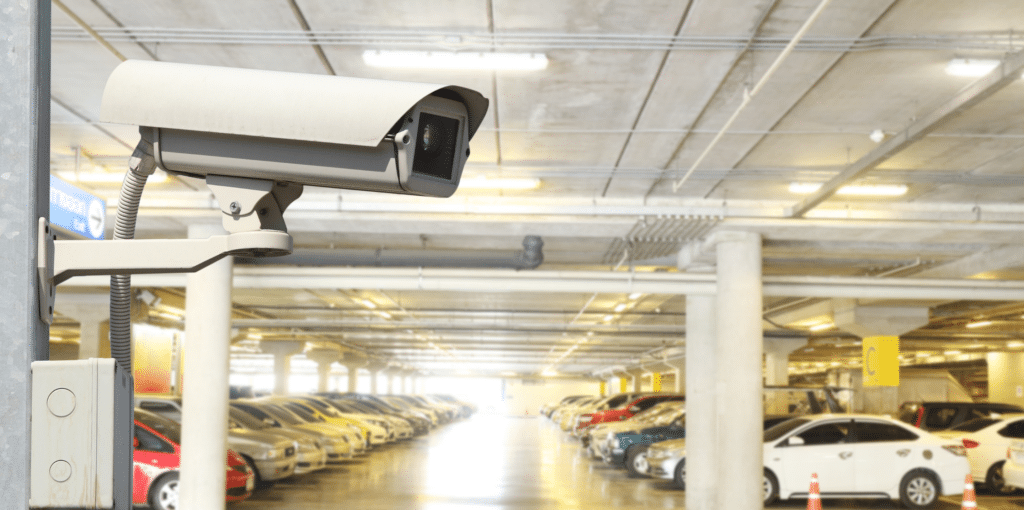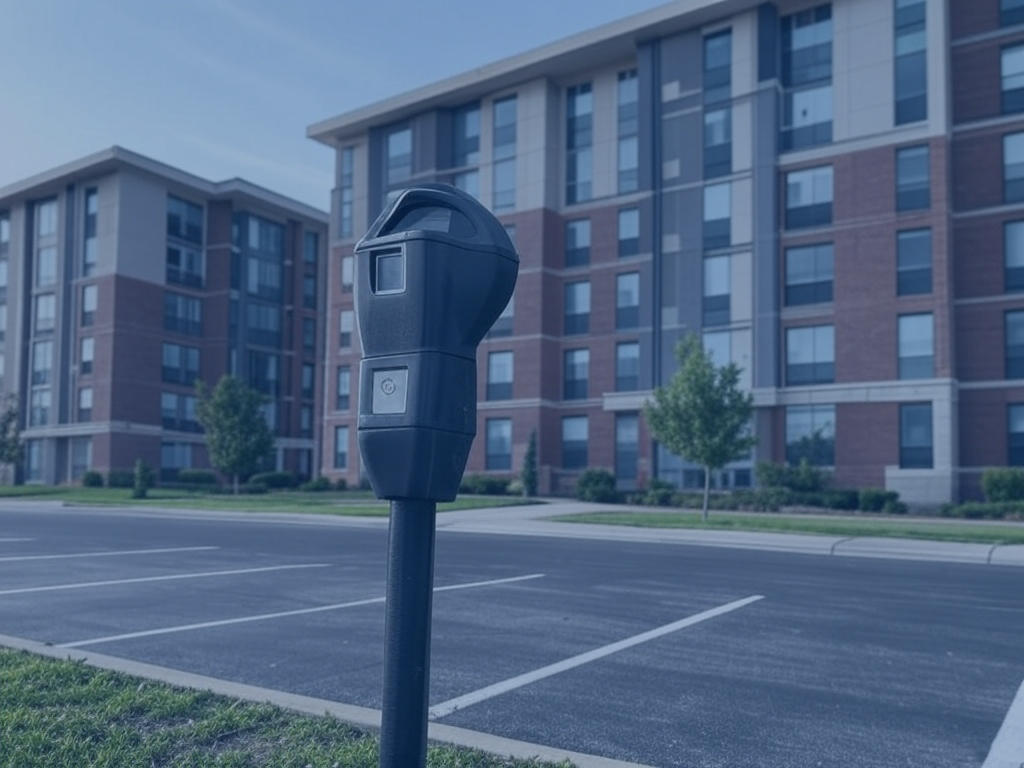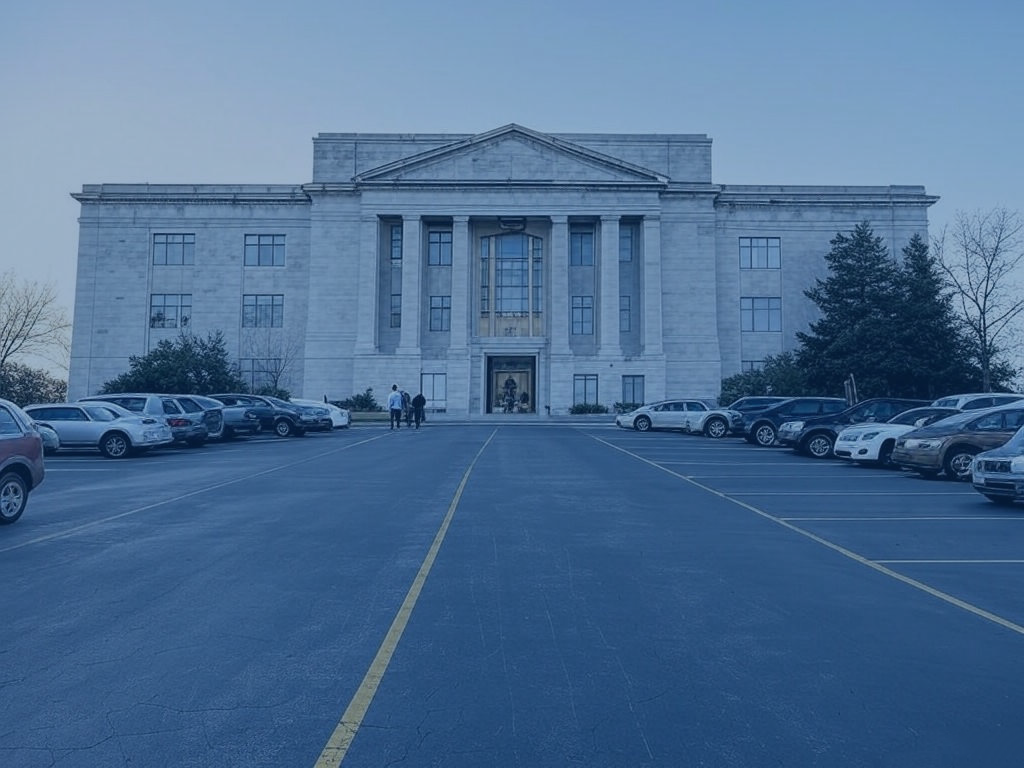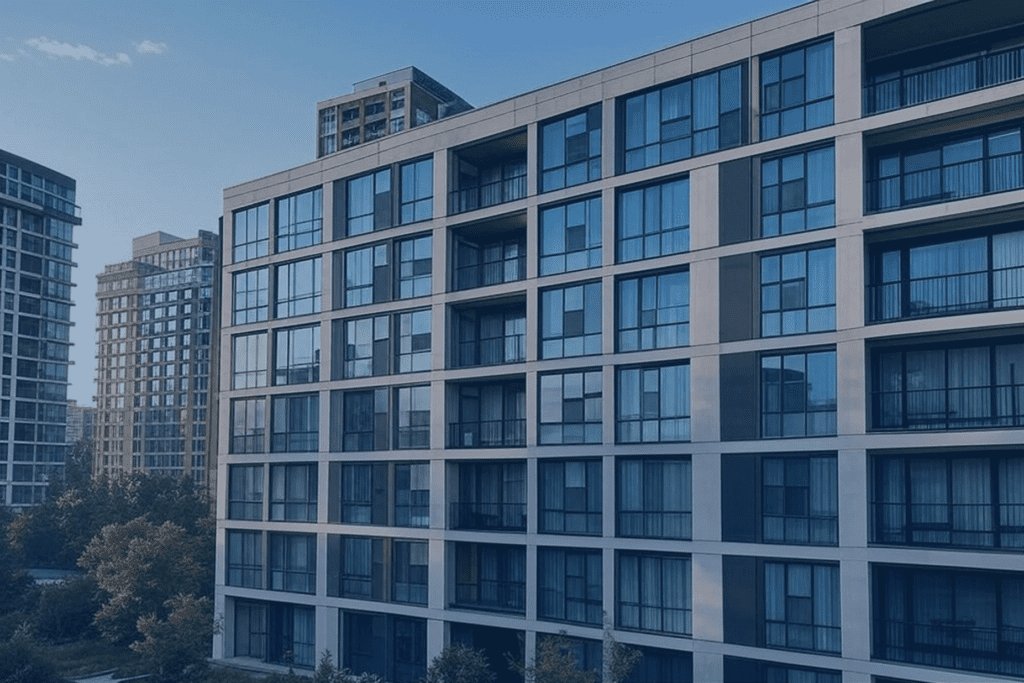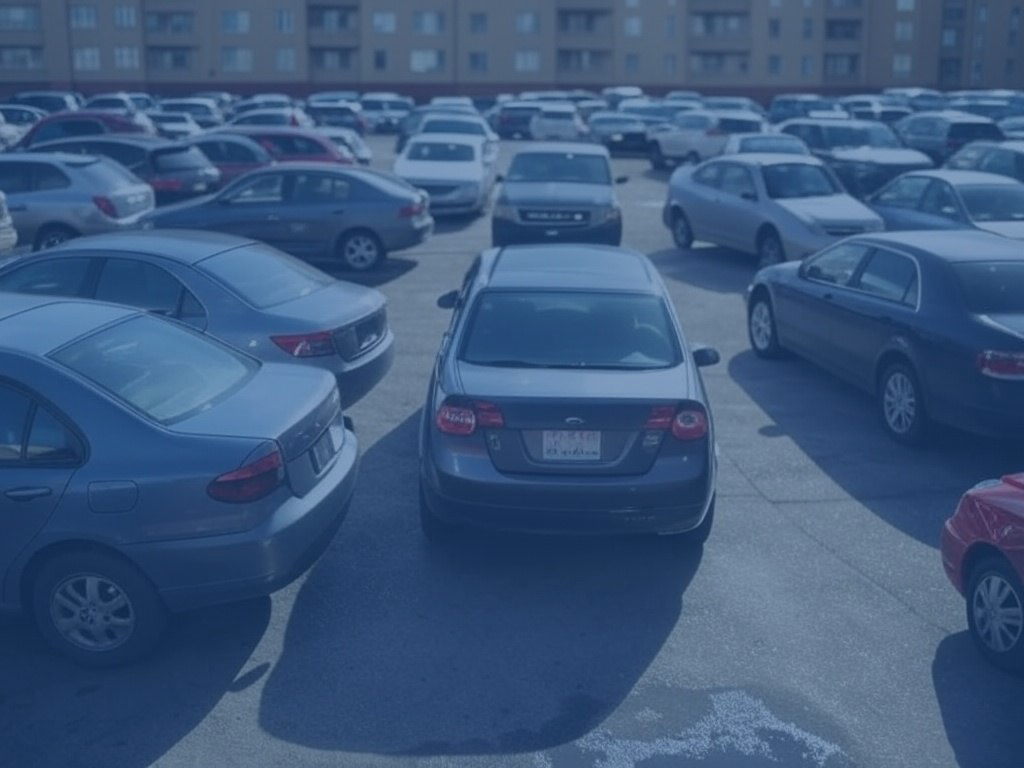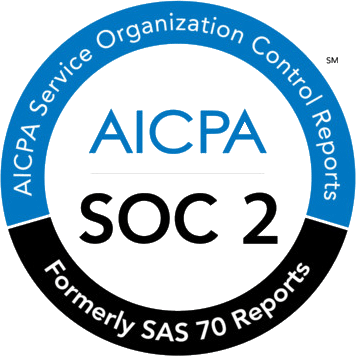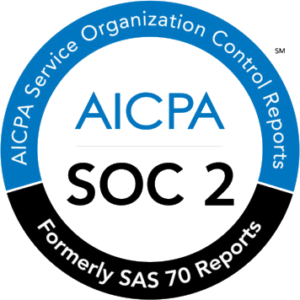The demand for efficient and secure access control systems has never been higher. Businesses and property managers face a myriad of challenges in managing parking facilities and ensuring smooth, secure entry and exit for employees and visitors.
To address these issues, we recently hosted a webinar titled “Ground Control to Major Tom: Commanding Your Space with Smart Access Solutions.”
This event, part of the our 3-part Webinar Series, featured Amy DeCicco, Head of Global Marketing at Wayleadr, and Serina Fogarty, Head of Customer Success at Wayleadr, discussing the latest trends and technologies in access control.
The webinar provided a deep dive into the history of access control, the current challenges faced by enterprises, and the innovative solutions that are transforming the industry.
Here are the top five practical takeaways from this informative session:
Table of Contents
ToggleRecognize the Urgency to Modernize Outdated Systems
Access control technology has surprisingly historic roots, dating back to the first electrical gate in 1881. Despite its long history, the fundamental technology hasn’t changed much, leading to persistent mechanical and operational issues.
Outdated hardware often results in frequent breakdowns, requiring technical expertise and causing downtime. This highlights the critical need for modernization to address these recurring problems.
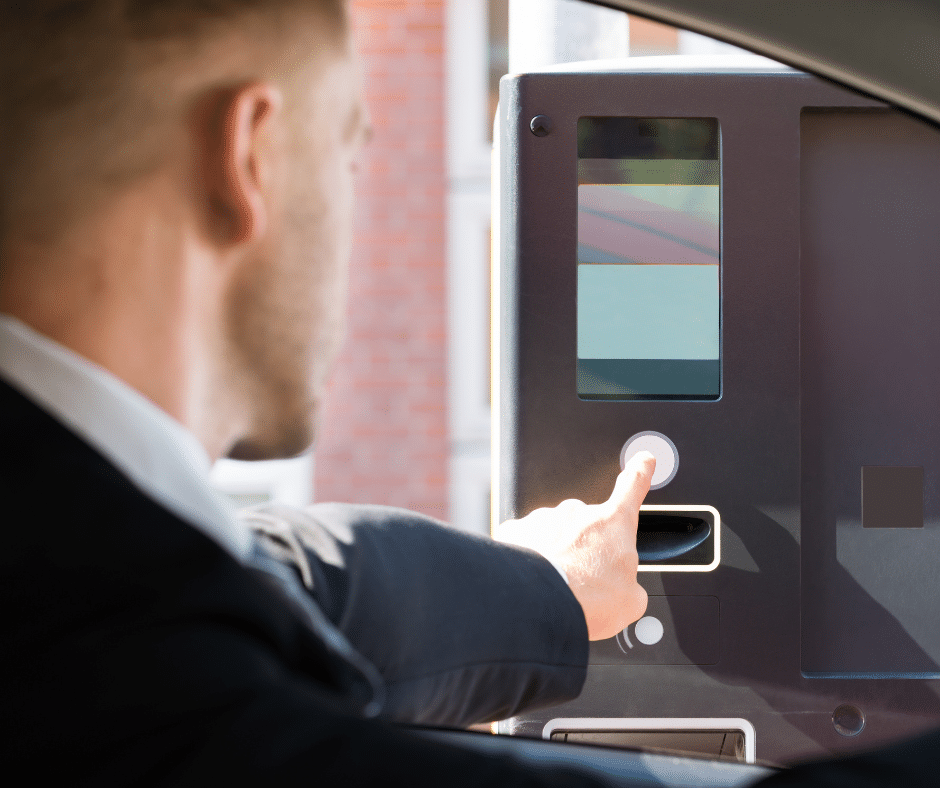
Enhance Security by Moving Beyond Fobs and Badges
Mechanical failures are not the only issues plaguing access control systems. The operational challenges are equally daunting. In particular, for large enterprises managing extensive parking facilities.
Traditional methods like fobs and badges are cumbersome, prone to loss, and pose significant security risks. Misplaced or shared access cards can lead to unauthorized access, complicating the task of ensuring secure and efficient parking management.
Adopt Advanced Technologies for Seamless Access
The webinar highlighted several technological advancements transforming access control:
- License Plate Recognition (LPR) Cameras: These cameras facilitate seamless entry and exit by recognizing registered license plates, eliminating the need for physical barriers and reducing congestion.
- Sensors: Cost-effective and easy to install, sensors provide valuable data on parking space usage and vehicle movements.
- QR Codes: Widely adopted for their convenience, QR codes are used for access, visitor management, and even payment processing, offering a flexible and low-touch solution.
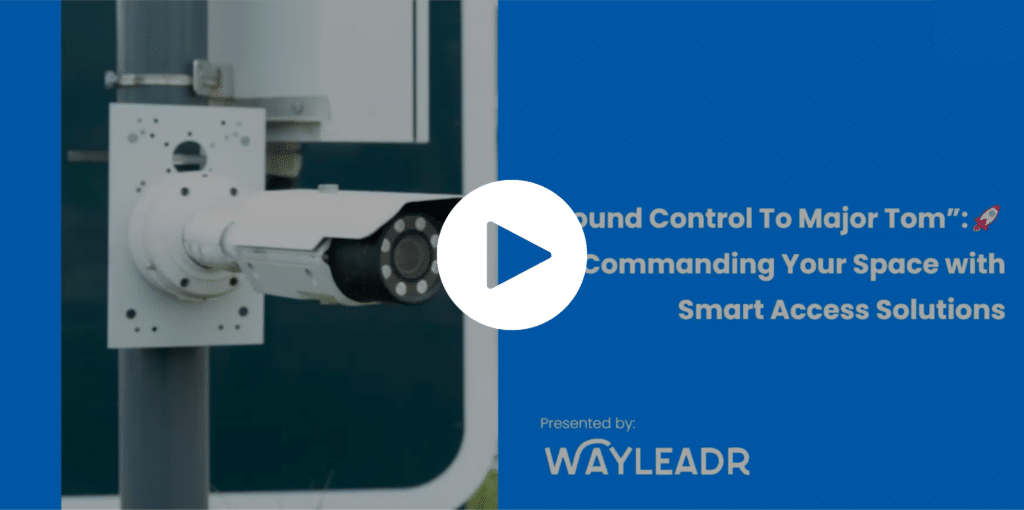
Implement Innovative Security Measures
Security remains a top priority, and new approaches are enhancing enforcement:
- The Barnacle: An innovative device that attaches to windshields, offering a safer and more efficient alternative to traditional clamps and towing.
- Integrated Systems: Combining technologies like LPR, sensors, and GSM hardware with existing barriers can enhance security and streamline access control, providing real-time data and automating enforcement processes.
Strategize for Effective Change Management
Implementing these advanced solutions requires careful planning and stakeholder buy-in. Identifying pain points and setting clear objectives are crucial first steps.
Partnering with the right technology providers, such as Wayleadr, can help address specific challenges. Effective communication about the benefits and security of new systems is essential to gain employee trust and ensure a smooth transition.
Conclusion
The webinar underscored the immense potential for innovation in access control and parking management. By embracing modern technologies and strategic implementation, enterprises can overcome longstanding challenges, enhance security, and improve overall efficiency.
As we look to the future, the shift towards smarter, more integrated solutions is not just a possibility. These solutions are now a necessity for staying ahead in the rapidly evolving landscape of facility management.
For those interested in exploring this topic further, our next webinar,
“Message In The Bottle: Mastering Landlord Relationships in a Changing Environment“, on the 30th of May, will focus on building successful relationships with landlords. This is yet another critical aspect of managing modern workspaces.
